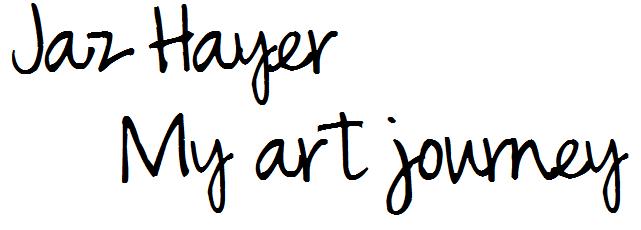When the three arty farty's were in London back in September, we went to The National Gallery and National Portrait Gallery situated by Trafalgar Square. On our way to the square, we came across Anthony Gormley's active installation 'One and Other'.
Gormley's installation ran for a total of 100 days, 24 hours a day, with the plinth being occupied by a different person at each hour of the day. Participants were chosen at random from the near 35,000 people that had applied to be involved.
Reflecting back on viewing and experiencing this installation, we can consider this is as participatory art, as the general public were provided with opportunities to do as they wished on a plinth that would usually be reserved for statues of royalty and generals of our nation. Gormley provided opportunities for us, the general public to have access to a location that would not normally be within the realm of possibility for us. "Gormley asked the people of the UK to occupy the plinth in an image of themselves, and a representation of the whole of humanity."
http://www.london.gov.uk/fourthplinth/plinth/past.jsp
Reflecting back on viewing and experiencing this installation, we can consider this is as participatory art, as the general public were provided with opportunities to do as they wished on a plinth that would usually be reserved for statues of royalty and generals of our nation. Gormley provided opportunities for us, the general public to have access to a location that would not normally be within the realm of possibility for us. "Gormley asked the people of the UK to occupy the plinth in an image of themselves, and a representation of the whole of humanity."
http://www.london.gov.uk/fourthplinth/plinth/past.jsp
The participants had changed twice by the time that we had been to The National Gallery & National Portrait Gallery!
As the website for the One and Other project states, "People from every walk of life, and every corner of the UK have become part of history and together created a collective portrait of humanity that is richer than anyone could have imagined."
http://www.webarchive.org.uk/wayback/archive/20100223121754/http://www.oneandother.co.uk/about
As Alex Needham commented for The Guardian, "'What artwork has ever given 2,400 ordinary people the chance to become art itself?"
As Alex Needham commented for The Guardian, "'What artwork has ever given 2,400 ordinary people the chance to become art itself?"
Prior to Anthony Gormley's installation, the plinth has also been used by artists including Thomas Schütte and Marc Quinn to publically exhibit their work. Having done some more research into the plinth, The fourth plinth programme is part of the vision for Trafalgar Square to be a vibrant public space and to encourage debate about the place and value of public art. This concept is really exciting, and it will be interesting to see what future developments will take place on the plinth and how the public respond to this. Will the developments/initiatives have as much success as Gormley's installation? Will the general public be provided with ownership of the space within another context/dimension? Or will the space be used to exhibit artworks that challenge and push the boundaries with art?
Anthony Gormley explained in October 2009,
"Who can be represented in art? How can we make it? How can we experience it? These are questions that have exercised me for years. Whether you see the plinth as a protest or pole-dance platform; studio or stocks; playpen or pulpit; as a frame for interrogation or for meditation, it has provided an open space of possibility for many to test their sense of self and how they might communicate this to a wider world."
So thinking about the concept of the fourth plinth and Anthony Gormley's intention critically, he has actually juxtapositioned the purpose and intention of the plinth, and made it somewhat ambigous within a cultural context. The plinth pushes boundaries as a result of the placement of single human beings on there, when this is compared and contrasted to the huge statues that dominate and reside on the other plinths. As Alex Needham in his newspaper article on the project explains, "There was also something very poignant about the sight of a single human on a space designed for a massive statue. Gormley championed the little guy against the intimidating grandeur of the square's institutions – not least the National Gallery, whose director condemned the project."




No comments:
Post a Comment